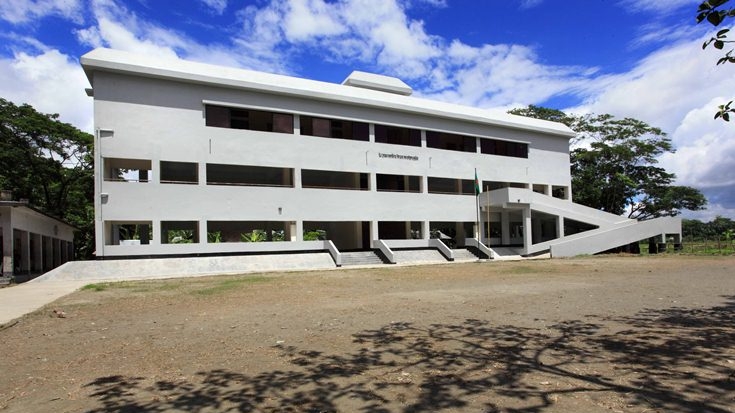The government has approved the construction of 90 three-storey cyclone shelters across 47 upazilas in 12 districts under the Khulna, Barishal, and Chattogram divisions to strengthen disaster preparedness in the country’s cyclone-prone coastal regions.
Under the project titled Construction of Multi-purpose Cyclone Shelters in Coastal and Cyclone-prone Areas (Phase-III), each shelter will cover 1,272 square metres and accommodate up to 1,000 people, providing refuge for approximately 90,000 vulnerable residents during emergencies. During normal times, the shelters will also serve as educational institutions.
The project will be implemented by the Department of Disaster Management under the Ministry of Disaster Management and Relief at a total cost of Tk636.09 crore, entirely funded by the government. Construction is scheduled from July 2025 to June 2028, with annual expenditures set at Tk98.41 crore for FY2025–26, Tk320.74 crore for FY2026–27, and Tk216.94 crore for FY2027–28.
Each shelter will feature clean water facilities through deep tube wells, rainwater harvesting, and renewable energy systems. The initiative is part of broader government efforts to reduce disaster risks in one of the world’s most climate-vulnerable regions. Bangladesh ranks ninth globally and fifth in Asia for exposure to natural hazards, according to the World Risk Report 2022.
Since independence, 4,653 cyclone shelters have been constructed in the coastal belt, with 100 and 220 shelters completed under Phase I and II respectively. Phase III aims to continue enhancing coastal resilience while safeguarding lives, property, and livelihoods.
The project is expected to contribute to several Sustainable Development Goals, including disaster risk reduction, resilient infrastructure, and climate adaptation. A feasibility study by the Department of Disaster Resilience and Engineering at Patuakhali Science and Technology University confirmed its viability.
Officials said the initiative will improve community preparedness, strengthen institutional capacity for disaster management, and provide rural employment opportunities, further enhancing living standards in coastal areas.
Bangladesh, historically prone to cyclones, floods, and tidal surges, has transitioned from reactive humanitarian responses to proactive disaster risk management. Following catastrophic events such as the 1988 floods and the 1991 cyclone, the country has become a global example of innovation and progress in disaster preparedness.




